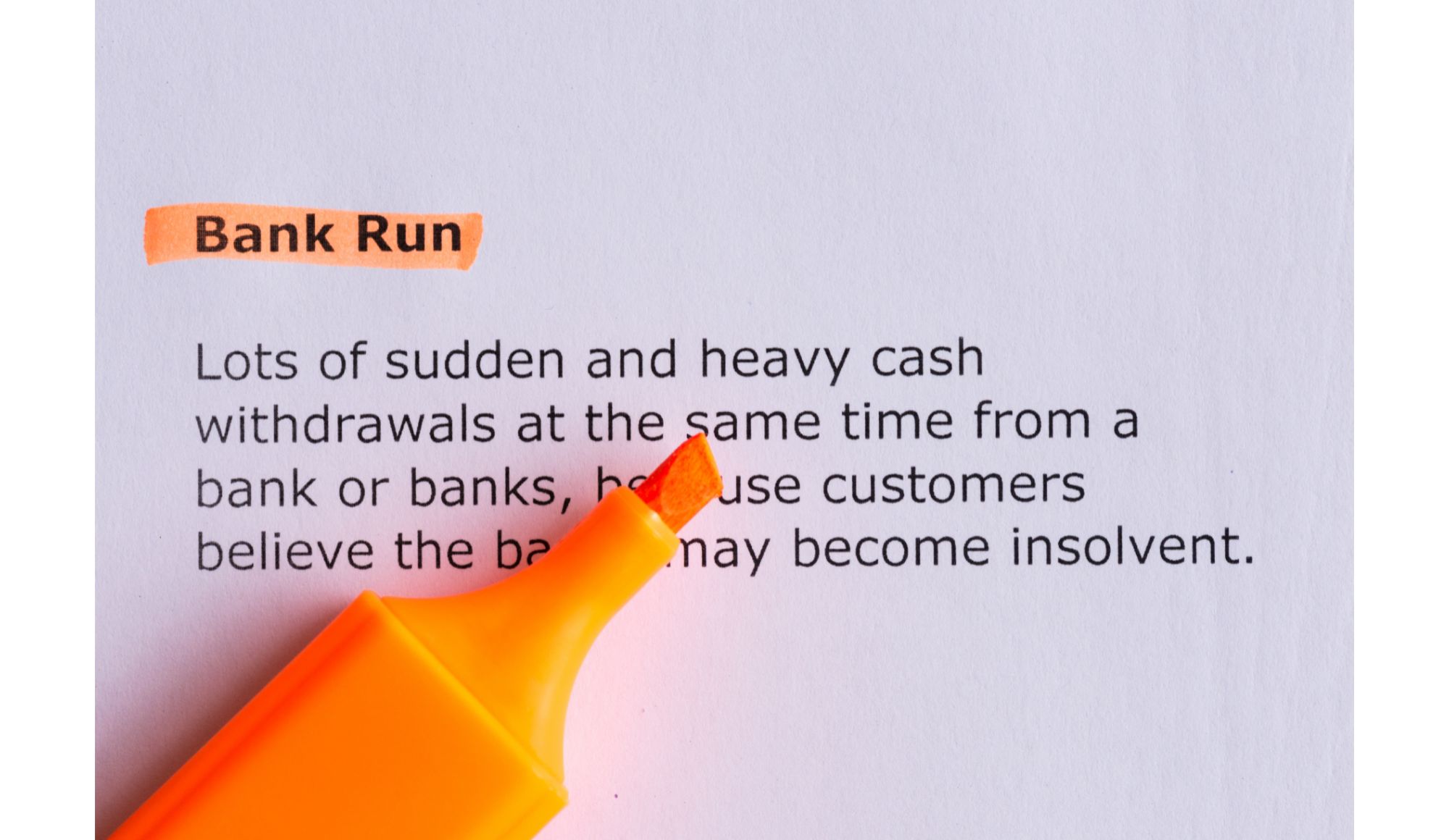The Silicon Valley Bank Crisis Explained
Silicon Valley Bank wasn’t an ordinary bank. It became the go-to bank for venture-funded technology startups in the most fertile business environment for innovation over the past 50 years, Silicon Valley.
As business boomed over the past few years, Silicon Valley Bank made a big bet; it would invest in a virtual risk-free investment: government debt. The bank would earn just under 1.80% by committing capital for a relatively short duration (< 3-4 years).
But management failed to account for a few critical yet tectonic shifts. The first major underestimation was that the Federal Reserve would hike rates as rapidly and for as long as they did.
As yields go up, prices of bonds go down. And so Silicon Valley Bank had a balance sheet filled with “unrealized losses” – not a problem if they could hold the bonds to maturity.
When the Fed hiked rates, the decline in price of debt purchased was a sucker punch to SVB. Another shoe to drop came when SVB’s primary client base, high-potential technology firms, struggled to grow amid the slowing economy. They needed to draw on deposits to a greater extent and that, in turn, created a liquidity crunch for SVB.
They had to take a loss of $1.5 billion on their bond positions to fund withdrawals. As a consequence, management announced it would sell a portion of ownership to raise $2.25 billion. Disaster struck when it failed to raise the capital needed. As the dominos fell, the FDIC seized the bank.
Further amplifying the severity of the situation, it is estimated that 97.3% of accounts were not fully covered because FDIC insurance is limited to just $250,000.
Key Points
- Silicon Valley Bank invested in government debt to earn just under 2% by committing capital for a relatively short duration, but the Fed hiked rates more rapidly and for longer than expected, causing the decline in price of debt purchased and creating a liquidity crunch for the bank.
- Silicon Valley Bank had to take a loss of $1.5 billion on their bond positions to fund withdrawals, failed to raise capital, and was seized by the FDIC.
- Individuals and businesses should consider moving their funds to systemically important banks that are more likely to receive a bailout in times of crisis, and the FDIC limit of $250,000 for business accounts should be increased.
What Happens Next?
Over the weekend, fears of contagion spread. Conversations were furious in the halls of power, and by Sunday evening the government stepped in and claimed that depositors would be able to access funds.
At the time of our research, futures were up on the news. We would NOT be buying the green tape, not even close; it’s clear risks are still high. Evidence of the risks permeating the banking sector now is the announcement over the weekend that Signature Bank has also hit a brick wall. It’s notable that the market has fallen into the red as the markets opened this morning.
It’s also worth pointing out that Warren Buffett sold a bunch of his holdings in banks last quarter, including: U.S. Bancorp, Bank of New York Mellon, and Ally Financial. Those transactions may be as good a sign as any that all is not well under the hood of the banking sector.
What Should You Do Next?
If you have funds at a local bank, it is worth considering a move to a systemically important bank – or better yet, a combination of them – that is more likely to receive a bailout in times of crisis. While centralizing U.S. capital into a core few banks poses its own risks, the reality is the larger banks are often better-resourced and better-connected to the halls of power so, when financial waters get choppy, they can pull the parachute rip cord to save themselves.
A final note is that an FDIC limit of $250,000 clearly is too low for business accounts, who must meet payroll and other operating expenses. If a major change is to take effect from this crisis, that is surely on the shortlist.



